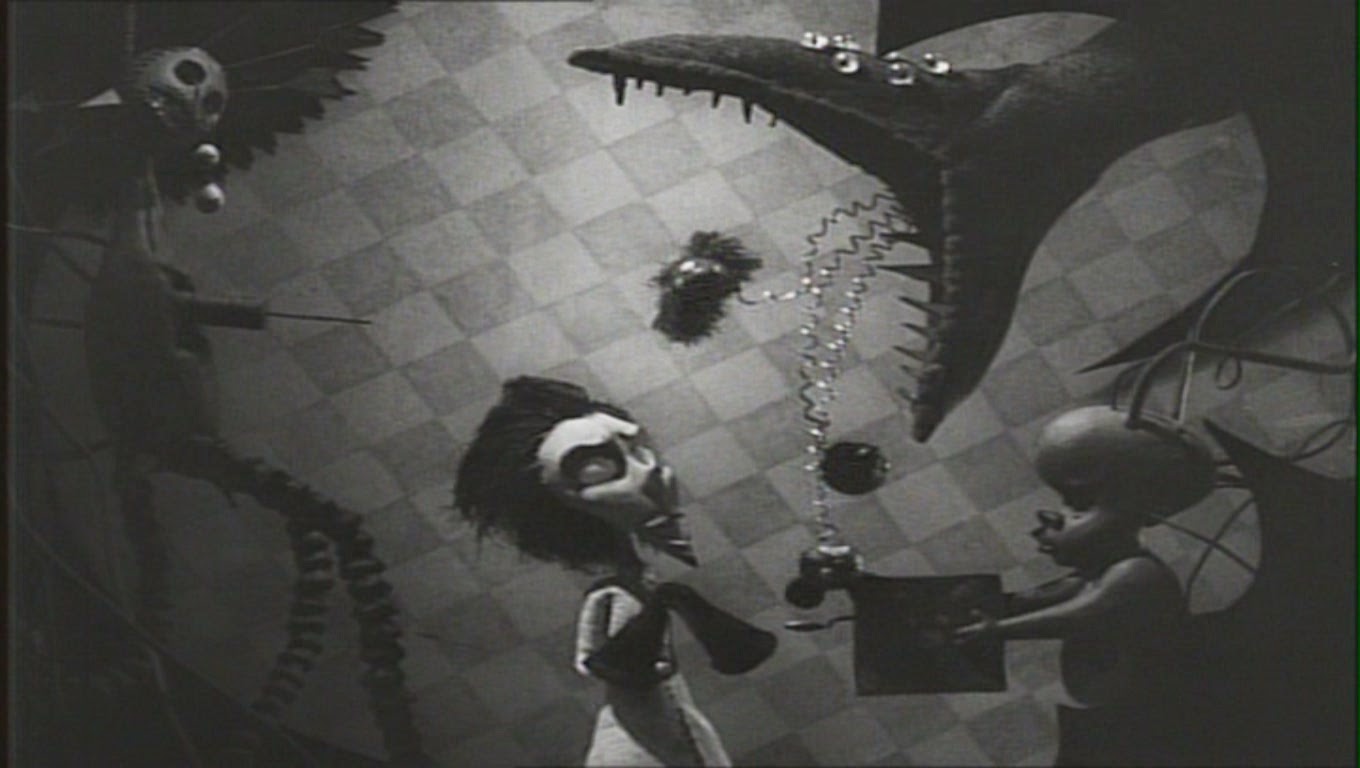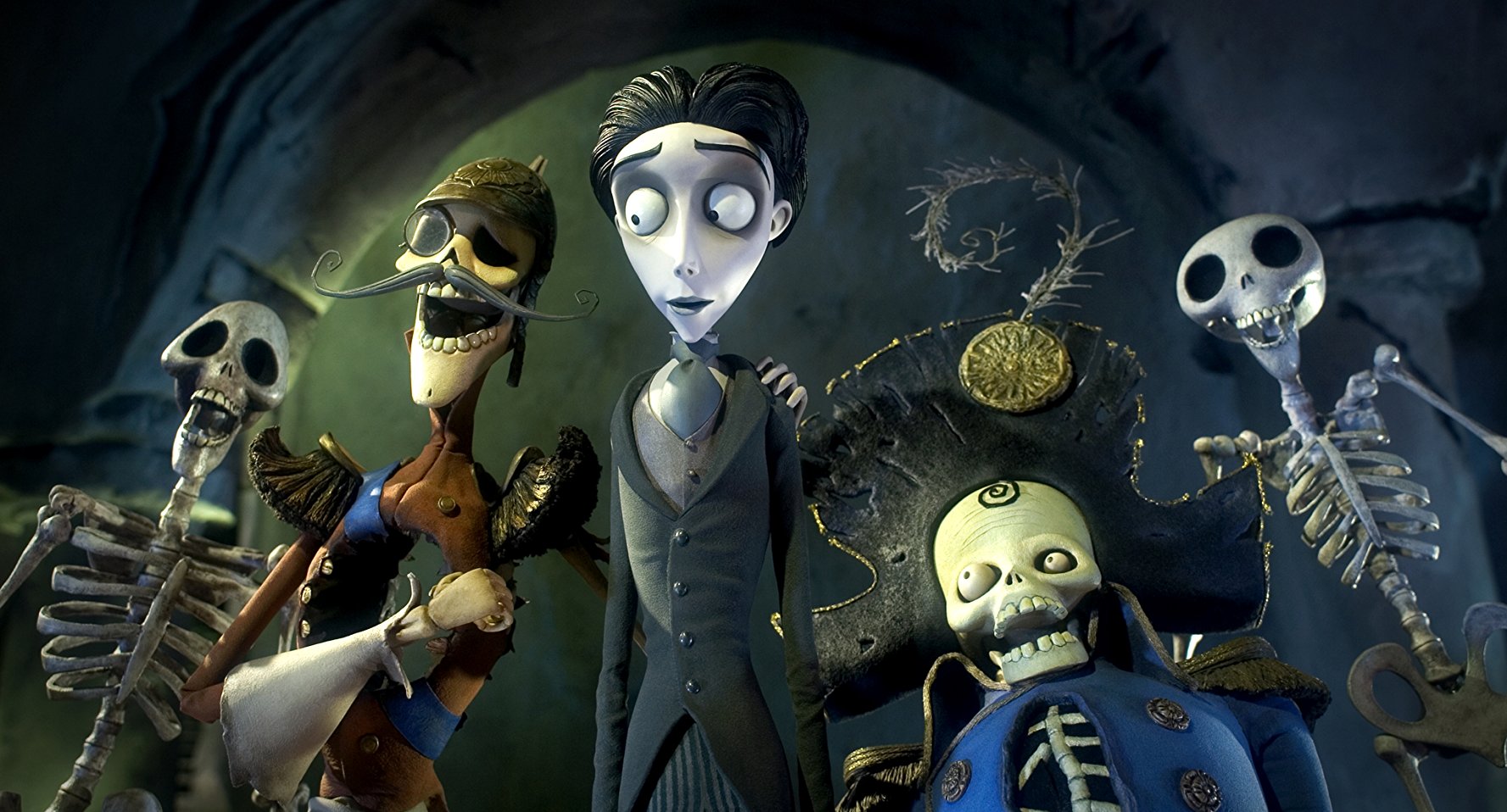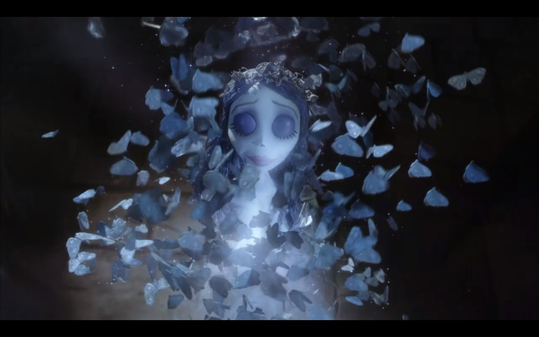Tim Burton’s style is quickly evident when one watches one of his films. Edward Scissorhands (Burton, 1990) and Sweeney Todd: The Demon Barber of Fleet Street (Burton, 2007) are marked with his dreary and eccentric visual aesthetic. Burton also has actors he frequently collaborates with - such as Johnny Depp and Helena Bonham Carter - who are normally given starring roles in his work. Danny Elfman, former lead singer of American New Wave band Oingo Boingo, composed the music of many of Burton’s films from Pee-Wee’s Big Adventure (Burton, 1985) and onward. Most importantly, what makes his films so prolific are his themes - that focus on the darker aspects of humanity such as loneliness, revenge, and death. Taking a look at two of Burton’s animated works, we can see these core themes come out in full force. Animation gives Tim Burton full reign to explore loneliness, revenge, and death in interesting and imaginative new ways.
|
By Emmanuel Gundran Tim Burton’s style is quickly evident when one watches one of his films. Edward Scissorhands (Burton, 1990) and Sweeney Todd: The Demon Barber of Fleet Street (Burton, 2007) are marked with his dreary and eccentric visual aesthetic. Burton also has actors he frequently collaborates with - such as Johnny Depp and Helena Bonham Carter - who are normally given starring roles in his work. Danny Elfman, former lead singer of American New Wave band Oingo Boingo, composed the music of many of Burton’s films from Pee-Wee’s Big Adventure (Burton, 1985) and onward. Most importantly, what makes his films so prolific are his themes - that focus on the darker aspects of humanity such as loneliness, revenge, and death. Taking a look at two of Burton’s animated works, we can see these core themes come out in full force. Animation gives Tim Burton full reign to explore loneliness, revenge, and death in interesting and imaginative new ways. His directorial debut, a short animated film called Vincent (Burton, 1982), demonstrates what makes Burton's films so distinct. The short tells the story of Vincent Malloy, a young boy who idolizes famous actor Vincent Price (much like Burton himself does). He idolizes him so much that he emulates Price’s on-screen characters, from Professor Henry Jarrod of House of Wax (DeToth, 1953) to Roderick Usher of The Fall of the House of Usher (Corman, 1960). His obsession results in him isolating himself from other kids his age. The boy’s daydreaming eventually upsets his mother when he digs up her flower bed, believing that he had buried his vengeful wife alive. The film ends on the boy's worst nightmares taking over his mind to the point that he believes that his fears have killed him. Diving deeper into these themes, the “Burton-ese” loner is one who is labeled an outsider for either their obsession or foreign characteristics. The former variety of loner is one that usually rejects society on their own twisted whim, whereas the latter variety faces rejection by the people of society who see the person as dangerous. Vincent Malloy initially fits into the former category, since he willingly shuts himself away from the outside world to focus on his passion. His mother encourages him to go outside and play, but he’s so overwhelmed by his imagination that he believes that he cannot leave the house because he is “possessed” by it. It is at this point that Vincent has become the loner now rejected by his society. His psychological state leads him to believe that his mother does not understand his plight in digging up his dead wife and is banishing him to an eternal prison in a high tower. This is very similar to the type of loner seen in many of Burton’s other characters like the Penguin from Batman Returns (1992) and Edward Scissorhands from the 1990 film of the same name. Both of these characters are outcasts due to society rejecting them for their physical deformities. Burton’s Corpse Bride (2007) continues with these themes, especially toying with people’s expectations of living and dead and exacting revenge from beyond the grave. Victor Van Dort (Johnny Depp), a shy, poor Victorian man betrothed to marry the equally as shy yet rich Victoria Everglot (Emily Watson), is inadvertently roped into marrying Emily (Helena Bonham Carter), a corpse bride. While Emily was alive, she wanted to marry a man named Barkis Bittern (Richard E. Grant), but he killed her under the cover of darkness in the forests. Until the time when Emily would find her love in Victor Van Dort, she lived underground in the realm known as the Underworld. Though the place is inhabited by undead creatures and monsters, the Underworld is an optimistic, colorful contrast to the land of the living, which is a classic picture of the bleak world of Victorian England. Death is like a release from the anxiety and cynicism of living and allows the spirits of the dead to party for the rest of their after-lives. One elderly skeleton even says to Victor, as he is about to leave the Underworld to return to the land of the living, that “people are dying to get down here.” It is also evident that the monsters of the world below are generally more friendly and inviting to Victor than the living people of the surface world, who cheat and murder to get what they want out of others. A humorous detail about the Underworld is that part of the culture of their world mirrors a more modern setting, with a skeleton singing 1920’s-style jazz at an undead bar. It goes to show the Underworld is a place not only beyond the bounds of the physical body but also the restrictions of time and economic poverty; it is an oasis where souls can go to rest. Finally, there is the matter of fulfilling personal desires beyond the grave, such as revenge or true love, that is shown in Corpse Bride (Burton, 2007). Throughout the film, Emily hopes that Victor is her one true love who will fulfill her after her death at her former lover’s own hands. However, by the end, her true fulfillment comes from her not only banishing Mr. Bittern to the Underworld for her death and finally getting her revenge, she is also satisfied seeing Victor marrying the woman who he truly loves. The film indulges in the idea of people’s souls returning to the land of the living to complete their work and find peace. When Emily’s purpose is fulfilled, her undead body transforms into a host of beautiful butterflies and ascends to a higher plane known as “The Land of the Reborn.” Tim Burton’s animation truly captures his distinctive style, not only in an audio-visual sense, but also in the way that he explores the darker aspects of life and how people relate to their environments.
Comments are closed.
|
Archives
April 2024
|






 RSS Feed
RSS Feed
